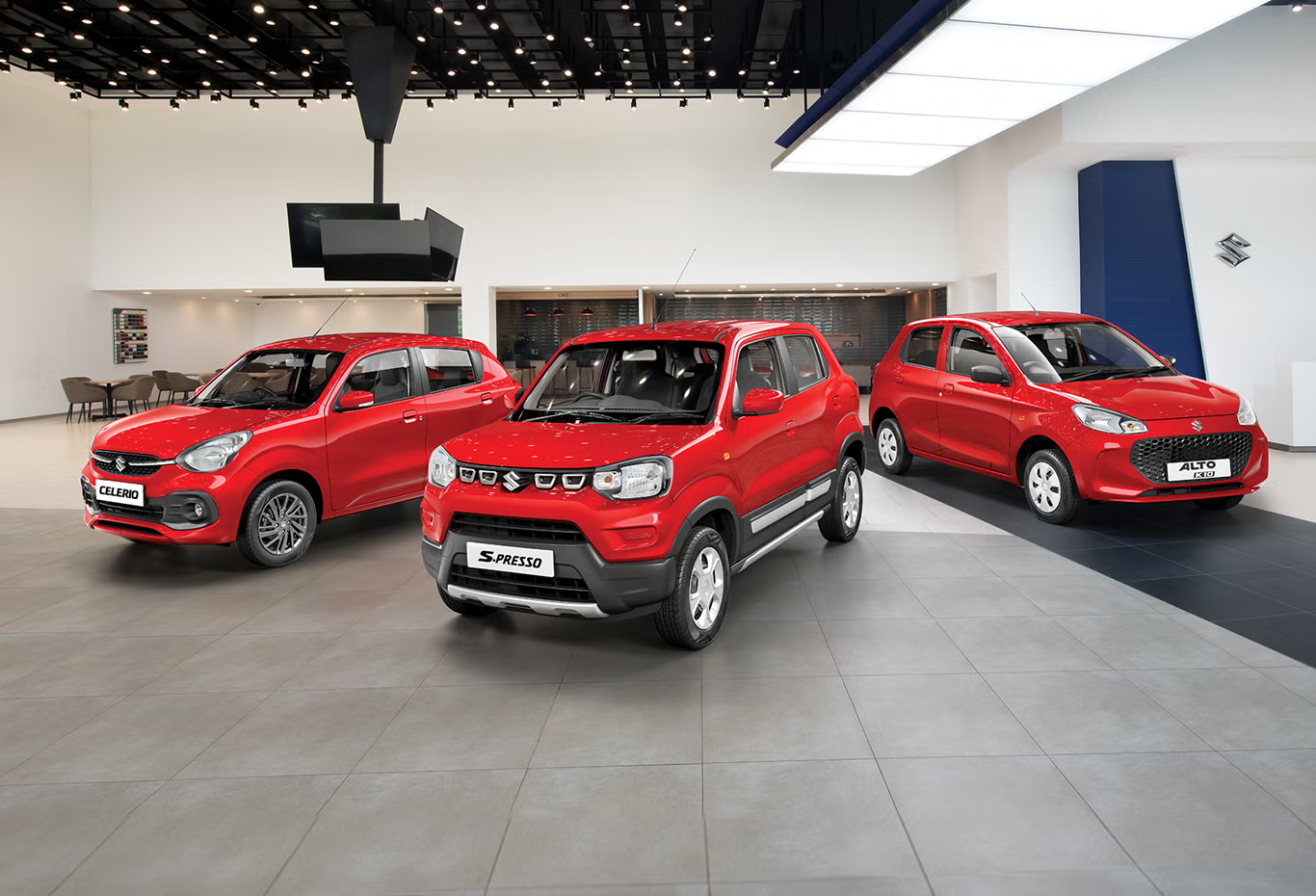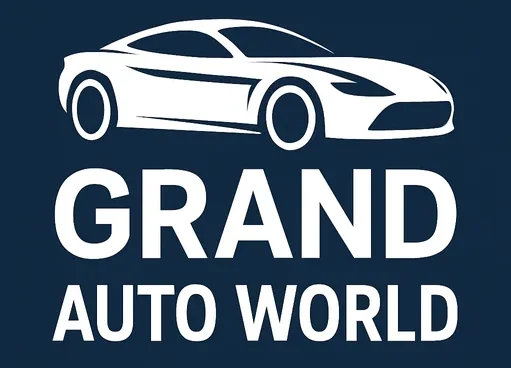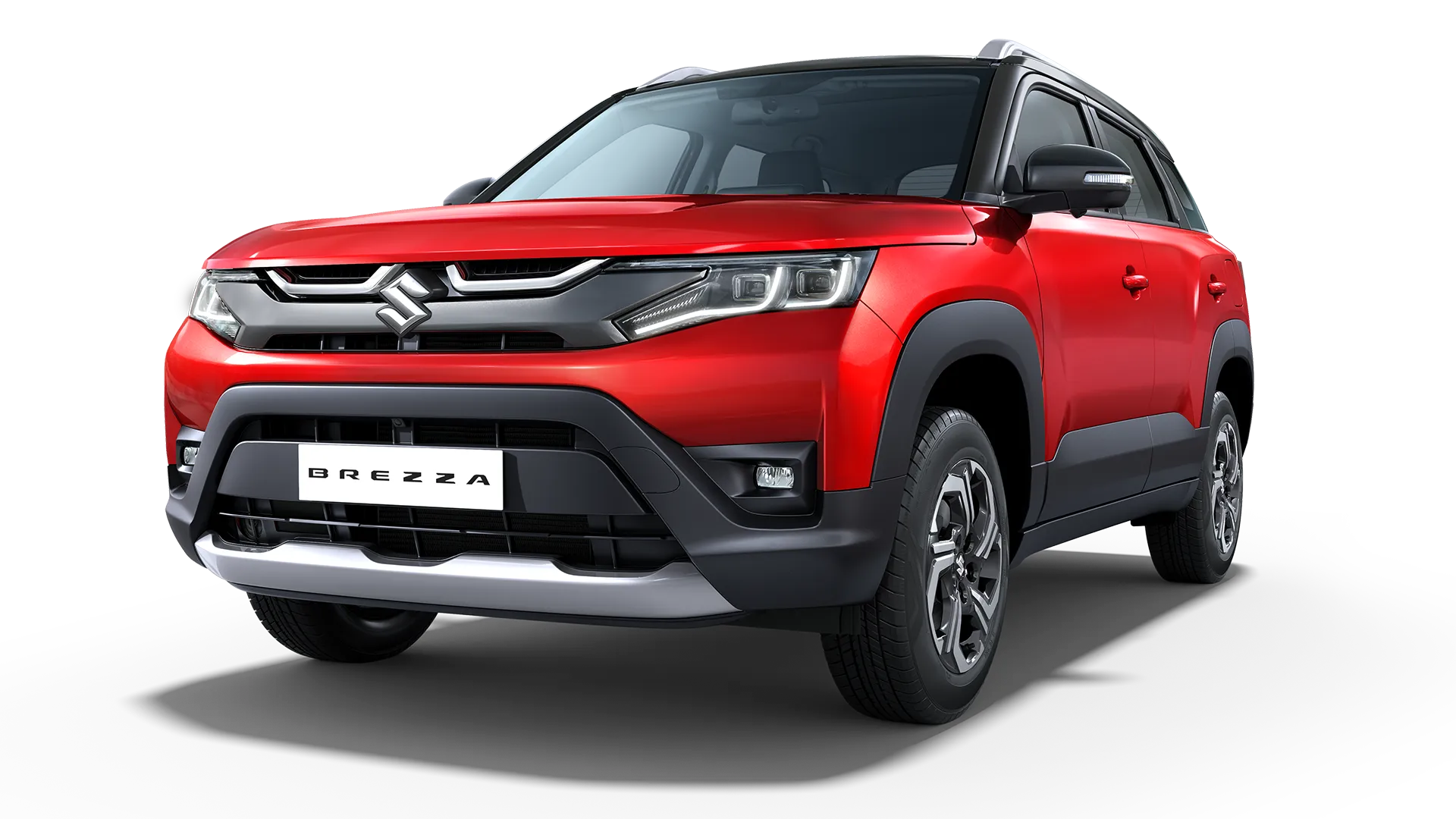Maruti Suzuki retail sales Crosses 80000 in Just 4 Days of Navratri Festival
Festive seasons always bring a spark to consumer markets in India. But this time, Maruti Suzuki has lit up the auto industry with a spectacular performance. In just four days of Navratri (starting September 22, 2025, coinciding with the rollout of new GST rates), Maruti Suzuki retail sales crossed the 80,000 mark — a figure that underscores both pent-up demand and effective strategy. Rediff
In this blog, we’ll dive into the facts, explore the drivers behind this surge, and discuss what this means for consumers, the auto industry, and Maruti’s future momentum.

The Numbers of Maruti Suzuki retail sales That Speak Volumes 📈
Here’s a clear breakdown of what transpired:
| Metric | Reported Figure | Source / Notes |
|---|---|---|
| Retail sales in first 4 Navratri days | ~ 80,000 units | Maruti crossed 75,000 by 6 PM on Day 4 and projected to exceed 80,000 by day end |
| Deliveries on Day 1 | ~ 30,000 units | On the first day (Sept 22), 30,000 vehicles were delivered |
| Daily enquiries | ~ 80,000 per day | Up from the usual 40,000-45,000 |
| Daily booking rate | ~ 18,000 units | Versus ~10,000 per day normally |
| Booking growth across portfolio | ~ 35% overall; ~ 50% in small-car segment | Particularly strong demand in tier 2 & 3 cities |
The Maruti Suzuki retail sales reflect not just a festive spike, but a structural shift triggered by new policies and consumer sentiment,
What Fuelled This Record Surge?
Two major catalysts (plus supporting factors) come together to explain such an extraordinary performance:
1. GST 2.0 Reforms & Price Reductions
Beginning September 22, GST rates were rationalized for passenger vehicles:
-
Small cars (≤ 4 m / up to 1,200 cc petrol / 1,500 cc diesel) saw the effective tax rate trimmed to ~ 18% from ~ 28–31% earlier. The Economic Times
-
Larger vehicles also benefited (rate slabs reduced from 43–50% range). Autocar Pro
Maruti Suzuki passed down substantial discounts on a model-by-model basis, with reductions ranging from ₹ 79,600 up to ₹ 1,29,000 depending on variant.
For example:
-
Alto K10 was slashed by ~₹ 1,07,600
-
Brezza saw a reduction of ~₹ 1,12,700
-
Swift, Baleno, Dzire also got cuts in their tens of thousands
This made many Maruti models significantly more affordable, stimulating immediate demand.
2. Festival Season Tailwinds
Navratri is traditionally a peak buying period in India. The confluence of the festival mood with freshly lower prices created a powerful incentive for buyers who had been delaying purchases.
Moreover, customers expected waiting times to rise post these days, so many rushed to complete bookings early.
Related Article: https://grandautoworld.com/gst-and-navratri-price-reductions-by-car-brands/
3. Strong Uptake in Small Cars & Tier 2/3 Cities
The small-car segment witnessed especially strong growth — booking growth of ~ 50%. The Economic Times
Interestingly, in markets outside the top 100 cities, bookings almost doubled compared to prior levels. The Economic Times
This suggests the demand boost was not just limited to metro areas — rural and semiurban markets responded strongly.
4. Supply Constraints & Urgency
With demand skyrocketing, certain variants (e.g. Brezza, Dzire, Baleno) risked running out of stock in 4–5 days, according to Maruti officials.
Consumers were advised to complete financing early to lock in deliveries during the festival. Rediff
These constraints likely created a “buy now or wait” urgency among potential buyers.
What This Means — For Maruti & the Indian Auto Market
✅ For Maruti Suzuki
-
A validation of strong brand equity even in challenging markets
-
Improved cash flows at the start of the fiscal quarter
-
Greater bargaining power with suppliers and channel partners due to volume
-
Risk of customer dissatisfaction if deliveries or variant availability slip
🌐 For the Broader Auto Industry
-
Competitors will come under pressure to match discounts or incentives
-
Smaller brands may struggle to respond at scale
-
A renewed focus on pricing strategy, localization, and cost efficiencies
💡 For Consumers
-
A window of opportunity to grab discounts and early delivery
-
Some variants/models may go into waiting lists
-
Financing may become more competitive
FAQs
Q1. Did Maruti Suzuki really sell 80,000 cars in just 4 days?
Yes — by the end of the fourth day of Navratri (with GST-2.0 reform in effect), Maruti Suzuki retail sales was around 80,000 units. Earlier in the day it had already recorded ~ 75,000. Autocar
Q2. How much discount did Maruti pass on to buyers?
Discounts on various models ranged up to ₹ 1,29,000. For example, Alto K10 saw ~₹ 1,07,600 cut, Brezza ~₹ 1,12,700, and Swift, Baleno, Dzire also received large reductions per variant. Autocar
Q3. Which segments contributed most to this surge?
The small-car segment drove much of the uplift — booking growth of ~ 50%. Also, markets beyond the top 100 cities saw booking growth close to 100%. The Economic Times
Q4. Were there supply constraints?
Yes. Some variants of models like Brezza, Dzire, and Baleno risked running out of stock in 4–5 days due to high demand. India Infoline
Q5. Is this surge sustainable beyond Navratri?
That remains to be seen. While the GST cuts and festival impulse drove immediate demand, future momentum will depend on continued supply, competitive offerings from rivals, consumer sentiments, and macroeconomic conditions.

